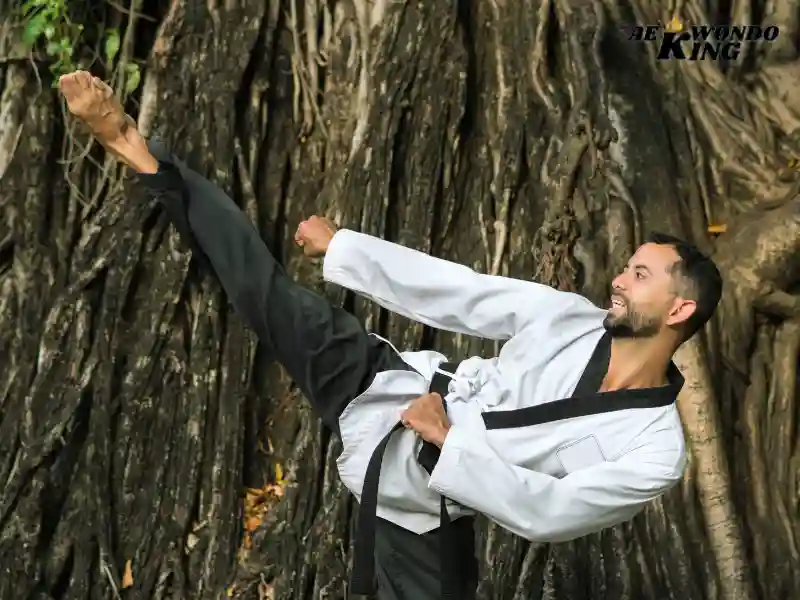
Taekwondo poomsae is considered one of the most challenging art forms in all martial arts because the hand and foot are used in so many combinations to attack and defend against an opponent. To better understand Taekwondo poomsae, we will first look at the six major principles: energy, focus, control, sensitivity, flexibility, and strength. This article is about the basic hand movements used in traditional taekwondo poomsae.
A few months ago, I attended a Taekwondo tournament in Denver. Watching the athletes perform Taekwondo Poomsae was incredible. Each move is a perfect blend of precision and strength. The way they executed the patterns with such focus really made me appreciate the art behind the sport. It’s not just about fighting; it’s about discipline and control.
To improve one’s self and one’s surroundings, it’s important to know and understand the Taekwondo Poomsae. This art focuses on the hands, the feet, the body, and the mind, and combines the power of each to achieve perfection.
In addition, this art teaches its student how to use their body for self-defense. If you think about it, this art represents the basic needs of a human being. Each part of the body serves a specific function, but they all work together. If you want to learn about this art, check out the following links.
Check out the latest prize in Taekwondo equipment on Amazon.

What is Taekwondo Poomsae?
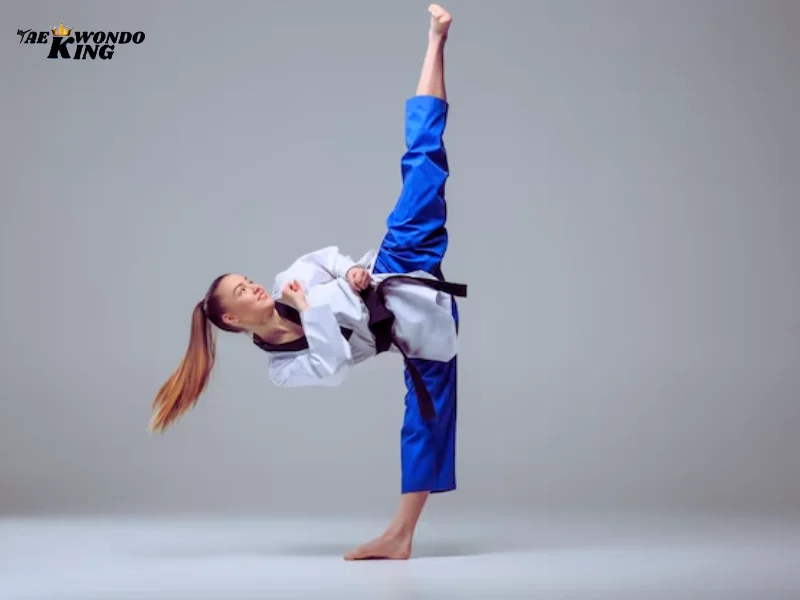
You may be thinking, “What is poomsae?” Taekwondo is a martial art based on the premise that self-defense is a matter of “spirit” rather than “force.” It emphasizes precision, balance, speed, and the development of “poomsae,” or body awareness. Poomsae is performed in pairs. The objective is to defeat your opponent by skillfully avoiding or evading his attacks, using only one hand, foot, knee, elbow, and head.
If you are curious about taekwondo poomsae, it is the art of hand movements and kicks used to develop and strengthen your fighting skills. They are mainly aimed at improving the speed of movements and footwork. Taekwondo poomsae is a martial art used to develop the skill of self-defense. They are also used for competition.
What is the name of Poomsae 1?
The first Poomsae in Taekwondo is called “Taegeuk Il Jang.” Each Taegeuk Poomsae is assigned a number, and “Il Jang” represents the number one. Taegeuk Il Jang is typically the first Poomsae learned by Taekwondo practitioners, especially those at the beginner or white belt level.
In Taegeuk Il Jang, practitioners perform a series of movements and techniques in a systematic and choreographed manner. The Poomsae serves as an introduction to fundamental Taekwondo stances, blocks, strikes, and kicks. As practitioners progress through their training and advance in rank, they learn additional Taegeuk Poomsae, each building on the skills acquired in the previous forms.
What does taegeuk 1 symbolize?

In Taekwondo, each Taegeuk Poomsae, including Taegeuk Il Jang (Taegeuk 1), symbolizes specific philosophical and martial principles. The Taegeuk Poomsae series is designed to represent the continuous cycle of yin and yang, the fundamental concept of opposites and balance in Korean philosophy. Here are some common interpretations of the symbolism behind Taegeuk Il Jang:
- Keon (건): Taegeuk Il Jang represents the concept of “Keon,” which symbolizes the beginning of creation. It signifies the initial stage of learning and the practitioner’s journey into the world of Taekwondo.
- The Gwae (Symbol): The trigram symbol associated with Taegeuk Il Jang represents the “Keon” principle. The trigram consists of three broken lines, symbolizing the ceaseless interaction between heaven, earth, and humanity.
- Basic Techniques: Taegeuk Il Jang introduces fundamental Taekwondo techniques, including stances, blocks, punches, and kicks. These basic movements lay the foundation for more advanced Poomsae as practitioners progress in their training.
- Balance and Harmony: The Poomsae emphasizes the importance of balance and harmony in both physical movements and mental focus. Practitioners learn to execute techniques with precision while maintaining a centered and composed posture.
- White Belt Level: Taegeuk Il Jang is often the first Poomsae learned by beginners, typically at the white belt level. It marks the beginning of a practitioner’s Taekwondo journey and sets the stage for the subsequent Taegeuk forms.
As practitioners advance through the Taegeuk Poomsae series, they delve deeper into the philosophical and technical aspects of Taekwondo, building upon the foundational principles introduced in Taegeuk Il Jang.
What is the name of Poomsae 2?
The second Poomsae in Taekwondo is called “Taegeuk Ee Jang.” Each Taegeuk Poomsae is assigned a number, and “Ee Jang” represents the number two. Taegeuk Ee Jang follows Taegeuk Il Jang in the sequence of the Taegeuk Poomsae series.
Taegeuk Ee Jang builds upon the foundational movements learned in Taegeuk Il Jang, introducing new techniques, stances, and combinations. As practitioners progress through the Taegeuk forms, they continue to enhance their skills and understanding of Taekwondo principles.
Why learn Taekwondo poomsae?
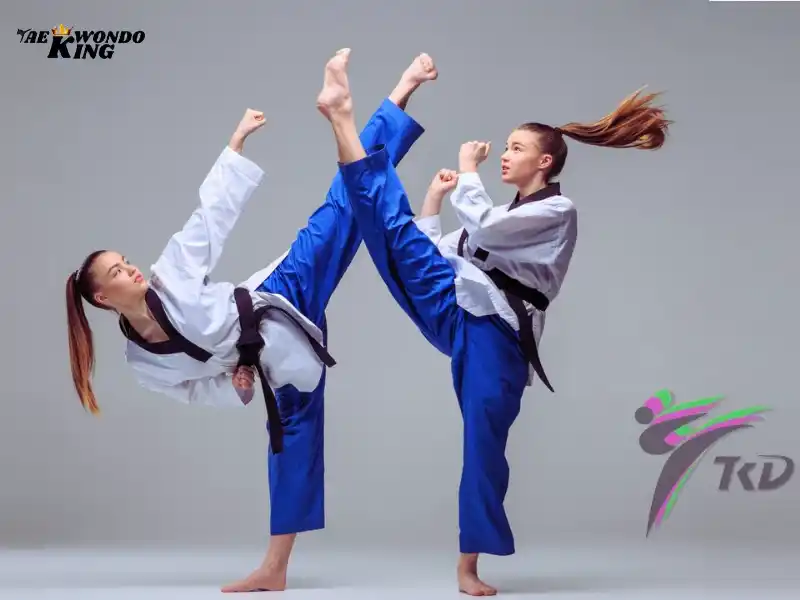
Well, this is where it starts. Taekwondo students must perform the standardized form movements correctly in the Taekwondo poomsae in order to pass the belt test. Not only can poomsae be a great sport in the summer, but it can also be a wonderful self-defense method. This isn’t a form of martial arts meant to beat someone up. It’s a form of martial arts meant to defend yourself when attacked.
It is also used to improve a student’s physical conditioning and improve a person’s balance, muscle memory, and focus/concentration. It improves an athlete’s overall coordination and also improves a student’s stamina. If you want to defend yourself against an attacker, you have to understand that an attacker can attack from multiple angles and with force at the same time. So, poomsae, or the art of the hand and foot, will teach you the best methods to deal with these different attacks.
How many Taekwondo Poomsae?
The number of Poomsae in Taekwondo can vary depending on the specific style or school of Taekwondo. However, the World Taekwondo (WT) and the Kukkiwon, the World Taekwondo Headquarters, have established a standardized set of Poomsae for practitioners.
These Poomsae are part of the standard curriculum for color belt (geup) levels. In addition to the Taegeuk Poomsae, there are also higher-level Poomsae for black belt (dan) ranks, such as the Koryo, Keumgang, Taebaek, Pyongwon, Sipjin, Jitae, Cheonkwon, and Hansu.
Taekwondo have 17 Poomsae. There are 1st 8 poomsae names starting in “Taeguk” work. There is a nice name for all Taekwondo poomsae. Other poomsae are exclusive names as well. If you are interested in knowing the names of all poomsae, you can read this article.
1. Poomsae 1. Taegeuk Il Jang (White Belt)
2. Poomsae 2. Taegeuk Yie Jang (Yellow Belt)
3. Poomsae 3. Taegeuk Sam Jang (Green Belt)
4. Poomsae 4. Taegeuk Sa Jang (Green Blue Belt)
5. Poomsae 5. Taegeuk Oh Jang (Blue Belt)
6. Poomsae 6. Taegeuk Yuk Jang (Blue Red Belt)
7. Poomsae 7. Taegeuk Chil Jang (Red Belt)
8. Poomsae 8. Taegeuk Pal Jang (Sinio Red Belt)
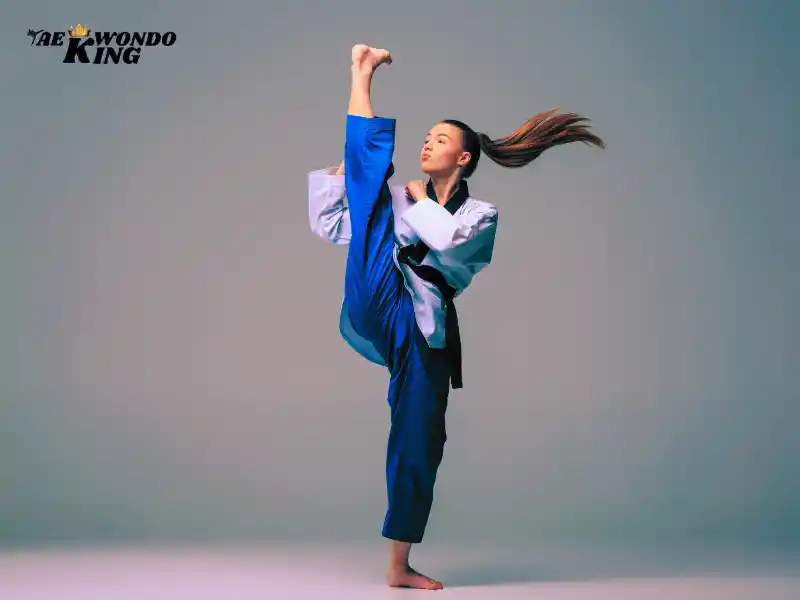
9. Poomsae 09: Koriyo (1st Dan/Poom Black Belt)
10. Poomsae 10: Keumgang (2nd Dan Black Belt)
11. Poomsae 11: Taebak (3rd Dan Black Belt)
12. Poomsae 12: Pyongwon (4th Dan Black Belt)
13. Poomsae 13: Sipjin (5th Dan Black Belt)
14. Poomsae 14: Jitae (6th Dan Black Belt)
15. Poomsae 15: Chonkwon (7th Dan Black Belt)
16. Poomsae 16: Hansu (8th Dan Black Belt)
17. Poomsae 17: Ilyo (9th Dan Black Belt)
Benefits of learning poomsae?
Taekwondo Poomsae (literally translates to ‘the art of kicking’) is the term used to describe a set of movements practiced in the Korean martial art of Taekwondo. These exercises are often performed in pairs and involve kicking techniques that are aimed at developing balance, speed, coordination, flexibility, and power. One reason this exercise is beneficial is that it develops the ability to move efficiently without being too heavy or awkward, while also being able to hit the target accurately.
Taekwondo is known for many things–one of them being that it teaches balance. Balance in martial arts comes down to two things: posture and weight distribution. Posture refers to how your body is arranged, while weight distribution refers to how your weight is distributed. If your posture is good and your weight is balanced, you will not fall over.
The benefits of learning taekwondo poomsae are many, including increased confidence, self-respect, self-discipline, and focus. When students perform primary taekwondo poomsae, they can easily apply these skills to almost any part of their lives, including schoolwork, social interactions, relationships, and even jobs. When you practice taekwondo poomsae, you will learn a great deal about yourself and others. Taekwondo poomsae skills are refined, and you’ll be ready to deal with anyone who challenges your self-confidence.
Check out the latest prize in Taekwondo equipment on Amazon.

Can everyone learn Poomsae?
Poomsae is the Korean martial art known as taekwondo. It is an art form that includes kicks, blocks, punches, knee strikes, and a lot more. In fact, there are as many variations of poomsae as there are people in the world! However, even if you’ve never seen a single piece of poomsae choreography performed in person, you can still learn poomsae.
Taekwondo, which translates to the way of the sword, is a traditional martial art that focuses on kicking, punching, and jumping. It’s a highly effective method of self-defense because it’s easy to learn and quick to learn. There is no evidence that Taekwondo is difficult or impossible to learn, but that doesn’t mean it doesn’t require a certain level of physical strength, coordination, and balance. I’ve been training myself to get better and better over the years, but I don’t claim to be some kind of world-class athlete (yet).
What is the problem with Taekwondo Poomsae?
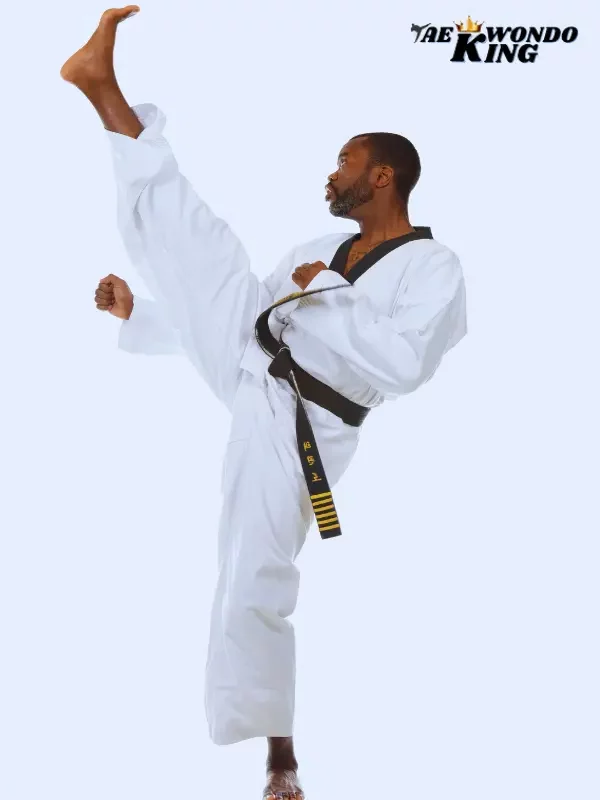
The problem here is that many poomsae are too complicated. For example, there’s a certain point in the set where the taekwondo kicks get really intricate. While some people might appreciate the intricacy, many beginners aren’t interested because they simply don’t understand the purpose of the intricate movements.
Here, the goal was to simplify the form. The instructor could focus on the overall form of the set, while the students only needed to focus on the moves themselves. People say some problems with Taekwondo poomsae here:
1. Taekwondo Poomsae can be physically exhausting and mentally draining.
2. It’s hard to learn at the beginning.
3. It can feel unnatural.
4. It doesn’t always look very good.
5. It can take years to master the art.
6. It takes a lot of practice to become proficient.
7. People often see taekwondo as a sport rather than an art form.
8. Most people won’t have to use it in real life.
In conclusion,
“Poomsae” is a Korean martial art that combines hand and foot movements. It is practiced in a variety of ways, most often with a focus on striking, blocking, and kicking. Taekwondo poomsae is a complex art form that requires a great deal of practice to perfect.
This form can be practiced alone or in combination with other forms such as taegeuk, kumdo, and silky. It is an exercise routine that focuses on developing power, flexibility, and coordination. The movements of poomsae are performed while the practitioner remains balanced and upright. While it may appear complex at first, poomsae does not require a lot of strength or effort but requires patience and practice to perfect the form.

FAQ
How to achieve a black belt in Taekwondo Poomsae?
To achieve a black belt in Taekwondo Poomsae, you need to undergo rigorous training and adhere to the requirements set by your specific Taekwondo organization or school. Here are some steps to help you on your journey:
1. Find a reputable Taekwondo school or organization that offers training in Poomsae.
2. Start with a beginner’s class and gradually progress through the different belt levels, mastering each Poomsae along the way.
3. Attend regular classes and practice regularly to improve your technique, balance, and precision.
4. Learn and memorize all the required Poomsae for each belt level. This typically includes a set of individual forms, as well as pairs or team forms.
5. Focus on developing strength, flexibility, and stamina through conditioning exercises and physical fitness training.
6. Seek guidance from qualified instructors who can provide feedback and help refine your technique.
7. Participate in local, regional, and national Taekwondo competitions to gain experience and showcase your skills.
8. Maintain a disciplined and positive mindset, showing dedication and perseverance throughout your training.
9. Once you have achieved the necessary skill level and fulfilled the requirements set by your Taekwondo organization, you can test for your black belt in Poomsae.
10. Prepare for the black belt test, which may include a demonstration of all previously learned Poomsae, as well as additional requirements such as board breaking or sparring.
11. Successfully pass the black belt test to earn your black belt in Taekwondo Poomsae.
Remember, achieving a black belt requires years of dedicated practice and commitment. It is important to train under qualified instructors and follow the guidelines and standards set by your Taekwondo organization.
How to achieve perfect form in Taekwondo Poomsae?
To achieve perfect form in Taekwondo Poomsae, follow these tips:
1. Practice regularly: Make sure to practice consistently to master the movements and techniques required in Poomsae. Set aside dedicated time each day or week for practice.
2. Focus on accuracy: Pay attention to the details of each movement, including stances, hand positions, and transitions. Aim for precise execution of each technique.
3. Maintain proper posture: Keep your body upright with good posture throughout the Poomsae. Avoid leaning or slouching and ensure your movements are balanced and symmetrical.
4. Control your breathing: Breathing properly is crucial for maintaining control and power in your movements. Practice deep, controlled breathing during your Poomsae to enhance your performance.
5. Visualize the opponent: Imagine an opponent in front of you as you perform the Poomsae. This will help you execute techniques with power and focus as if you are facing a real opponent.
6. Seek guidance from an instructor: Work closely with a qualified Taekwondo instructor who can provide corrections, guidance, and feedback on your form. They can help you identify areas for improvement and provide tailored advice.
Remember, achieving perfect form takes time and practice. Be patient with yourself and continue to strive for improvement.
How to achieve balance and control in Taekwondo Poomsae?
To achieve balance and control in the Taekwondo Poomsae, it is important to focus on the following:
1. Proper Stance: Maintain a stable and balanced stance throughout the Poomsae. Distribute your weight evenly on both feet.
2. Core Strength: Develop a strong core through exercises such as planks, sit-ups, and Russian twists. A strong core will help you maintain balance and control.
3. Breath Control: Control your breathing and maintain a steady rhythm. This will help you stay focused and centered during the Poomsae.
4. Body Alignment: Pay attention to your body alignment. Keep your posture straight, shoulders relaxed, and head up. Avoid leaning or tilting to maintain balance.
5. Slow and Controlled Movements: Practice slow and controlled movements to enhance your balance and control. This will help you develop muscle memory and precision.
6. Focus on Technique: Concentrate on executing each movement with proper technique and precision. This will improve your overall control and balance.
7. Regular Practice: Consistent practice is essential to improve balance and control in Taekwondo Poomsae. Practice regularly and pay attention to your body’s movements and balance.
Remember, achieving balance and control in Taekwondo Poomsae requires patience, dedication, and practice.
How can one fluidity and grace in Taekwondo Poomsae?
To achieve fluidity and grace in Taekwondo Poomsae, practice and attention to detail are essential. Here are some tips:
1. Master the basic techniques: Make sure you have a strong foundation in the fundamental techniques of Taekwondo, such as stances, kicks, punches, and blocks. This will give you a solid base for your poomsae performance.
2. Focus on body control: Pay attention to your body movements, posture, and balance. Maintain control and precision in each movement, avoiding any unnecessary tension or jerky motions.
3. Practice transitions: Smooth transitions between different techniques and movements are crucial for fluidity. Work on seamlessly connecting one move to the next, maintaining a constant flow throughout the poomsae.
4. Develop rhythm and timing: Poomsae should have a sense of rhythm and timing. Practice coordinating your movements with the appropriate tempo, emphasizing the correct timing of each technique.
5. Visualize and perform with intention: Before executing each movement, visualize it in your mind. Understand the purpose and intention behind each technique and perform it with focus and determination.
6. Seek guidance from a qualified instructor: A skilled instructor can provide valuable feedback and guidance to help you improve your fluidity and grace in poomsae. They can correct your form, suggest improvements, and offer specific drills to enhance your performance.
Remember, achieving fluidity and grace in Taekwondo Poomsae requires consistent practice, patience, and attention to detail.
How to achieve high accuracy in Taekwondo Poomsae?
To achieve high accuracy in Taekwondo Poomsae, here are some tips:
1. Practice regularly: Consistent practice is essential to improve accuracy. Set aside dedicated time for practicing Poomsae movements.
2. Focus on technique: Pay attention to the details of each movement, including stances, hand positions, and transitions. Practice slowly and deliberately to perfect your technique.
3. Break down the movements: Break down the Poomsae into smaller sections and practice each section individually. Once you have mastered each section, gradually put them together to perform the complete Poomsae.
4. Use mirrors: Practice in front of a mirror to observe and correct your form. This will help you identify any errors or areas that need improvement.
5. Seek guidance from an instructor: Work with a qualified Taekwondo instructor who can provide guidance and feedback on your technique. They can help correct any mistakes and offer tips specific to your individual needs.
6. Video analysis: Record yourself performing the Poomsae and analyze the footage. Look for areas where you can improve your accuracy, posture, and timing.
7. Visualization and mental practice: Visualize yourself performing the Poomsae with high accuracy. Mental practice can help improve concentration, focus, and muscle memory.
8. Competition experience: Participate in Taekwondo competitions to gain experience and perform under pressure. Competing can help improve your accuracy as you strive for perfection in front of judges.
Remember, achieving high accuracy in Taekwondo Poomsae requires dedication, patience, and consistent practice.
What are the benefits of learning Taekwondo Poomsae?
Learning Taekwondo Poomsae (forms) offers several benefits. Some of these include:
1. Physical fitness: Poomsae involves a combination of dynamic movements, kicks, and stances that help improve flexibility, strength, balance, and coordination.
2. Mental discipline: Poomsae requires concentration, focus, and memorization of sequences, which helps develop mental discipline and enhances cognitive abilities.
3. Self-defense skills: Poomsae incorporates various techniques that can be applied in self-defense situations, teaching practitioners how to react and defend themselves effectively.
4. Stress relief: Engaging in Poomsae allows individuals to release stress and tension, promoting mental well-being and relaxation.
5. Goal setting and achievement: Poomsae involves a progressive system of forms, allowing practitioners to set goals and work towards achieving higher levels of proficiency, fostering a sense of accomplishment and personal growth.
6. Confidence and self-esteem: As practitioners progress in their Poomsae training, they gain confidence in their abilities, which translates to improved self-esteem and self-confidence in various aspects of life.
7. Social interaction and community: Learning Poomsae often takes place in a group or class setting, providing opportunities for social interaction, teamwork, and building a sense of community.
Overall, learning Taekwondo Poomsae offers a holistic approach to physical and mental well-being, self-defense skills, personal growth, and cultural appreciation.
Check out the latest prize in Taekwondo equipment on Amazon.


Founder, Owner, and CEO of TaekwondoKing.
He is one of the top 100 martial artists in Bangladesh and among the top 20 referees in Bangladesh.
Ehatasamul Alom is an esteemed Taekwondo 3rd Dan Black Belt with over 15 years of experience in this dynamic martial art. Born in Rajshahi, Bangladesh, Ehatasamul’s journey with Taekwondo began at the tender age of seven. His passion led him to compete at national and international levels, where he has bagged numerous awards and honors. He is also a member of the Taekwondo National Referee Panel.
With a Bachelor’s degree in Sports Science from the prestigious Rajshahi University, Ehatasamul has a deep understanding of the technical and scientific aspects of martial arts and some other martial arts.
In 2022, Ehatasamul created the “TaekwondoKing.com” blog to share his knowledge and experiences. His articles focus on Taekwondo training techniques, competition strategies, and the art’s rich history and philosophy. He also writes about the importance of mental fortitude and discipline, key aspects of his teaching philosophy. His goal is to inspire both beginners and seasoned practitioners worldwide through insightful and engaging content.
If you need any help, contact Ehatasamul Alom at any time.


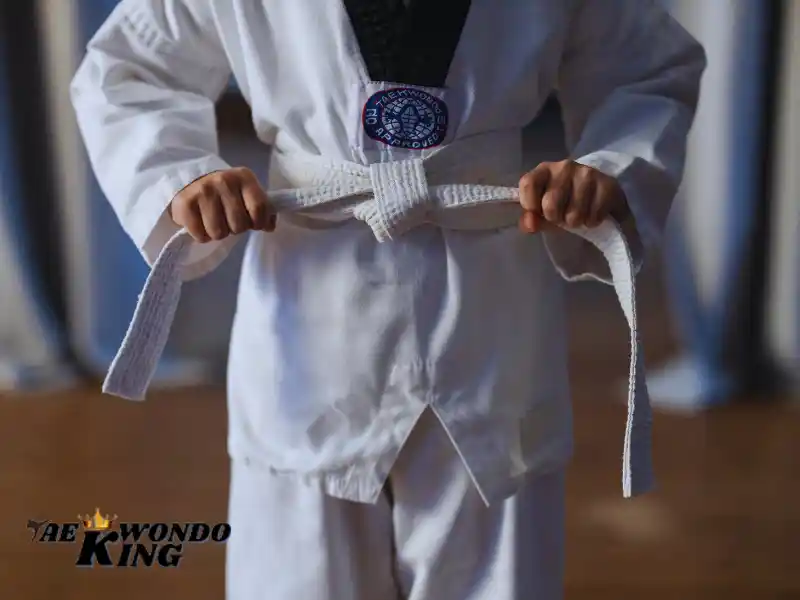


For newest informatiion you have to pay a visit internet and
on web I found this web page as a best web page for newest updates.
Very nice design and good articles, practically nothing else we want
I will immediately grasp your rss feed as I can not to find your e-mail subscription hyperlink or newsletter service. Do you have any? Please allow me realize so that I could subscribe. Thanks.
Very interesting topic, thank you for putting up.
Very well written post. It will be supportive to anybody who utilizes it, as well as myself. Keep doing what you are doing – for sure i will check out more posts.
Thanks for sharing. I read many of your blog posts, cool, your blog is very good.
Your point of view caught my eye and was very interesting. Thanks.